Archaeology 140 - Midterm
1/95
Earn XP
Description and Tags
Weeks 1-8
Name | Mastery | Learn | Test | Matching | Spaced |
|---|
No study sessions yet.
96 Terms
4 Disciplines of Anthropology
Archaeology
Cultural Anthropology
Biomedical Anthropology
Linguistic Anthropology
John Ray
reproductively isolated concept of species
young that can reproduce are of the same species
Ray’s Taxonomy:
Genus
Species
Carolus Linnaeus
standardized Ray’s classification using binomial nomenclature
classified humans as homo sapiens
Linnaeus’s Taxonomy:
Class
Order
Genus
Species
George-Louis Leclerc, Comte de Buffon
comparative anatomy
organisms change in response to environmental stimuli
“centre of origin”
Erasmus Darwin
warm blooded animals arose from a common ancestor
diversity of life arose from minute organisms living in mud
Jean-Baptise Pierre Antoine de Monet, Chevalier de Lemarck
“use-disuse theory”
‘Lemarckism’
certain parts of the body being used eventually strengthens it
animals lose or gain attributes depending on how much something is used
Baron George Cuvier
“Father of Paleontology”
established the idea of extinction
catastrophism
explains the possibility of animals living at the same time but dying out suddenly
Cuvier’s Taxonomy:
Phylum
Class
Order
Genus
Species
James Hutton
“Father of modern geology”
uniformitarianism
changes in the Earth’s crust during geological time were a result of continuous and uniform processes
Sir Charles Lyell (Darwin’s influencers)
theory of geologic/deep time
realized that the world was much older than previously theorized
Thomas R. Malthus
“carrying capacity”
populations tend to increase faster than food resources
Principles of Population:
more offspring are born than survive to adulthood
constant competition for resources
biological diversity/variation among individuals
Darwin
“artificial selection”
animal breeders select desirable traits in parent animals to produce offspring with both desirable traits
also removing animals with undesirable traits from the breeding pool
read Malthus’s work
realized some individuals must compete with others to survive
some individuals had traits that allowed for better survival
Transmutation/Evolution
change of one species to another
Biogeography
distribution of species through space and time
Adaptive Radiation
many species emerging from one/a few ancient one(s)
Natural Selection
the process of biological change in a species in which adaptive radiation occurs
Wallace
discovered the difference in animals in Asia and Oceania
“Wallace Line” - geographical faunal boundary
discovered the transmutation of species under environmental influences
8 Key Elements of Natural Selection
all species produce offspring at a faster rate than food supplies can increase
biological variation within all species
rule of competition
more individuals are produced than can survive in each generation
individuals with favourable traits have a reproductive advantage
fitness
selective pressure where the environment determines if a trait is beneficial
reproductive success where traits are inherited and passed on to the next generation
favourable variations accumulate over a long time
speciation where trait variation and geographic isolation can lead to a new species
DNA Structure
made up of phosphate and sugar molecule
4 Nucleotide Bases in DNA
adenine
thymine
guanine
cytosine
Adenine & Thymine
always bond together
has 2 hydrogen bonds
Guanine & Cytosine
always bind together
has 3 hydrogen bonds
Chromatin
DNA in a resting state with no replication occurring
Ancestral Traits
shared through common ancestry
Homologies
similar traits because of descent from a common ancestor
Derived Traits
significant modifications from ancestral conditions
creates new forms due to mutation
Primate Traits
5 digits on hands and feet (pentadactyly)
opposable thumb
nails on fingers
tactile pads
heterodont
stereoscopic vision
forward facing eyes
larger body and complex brains
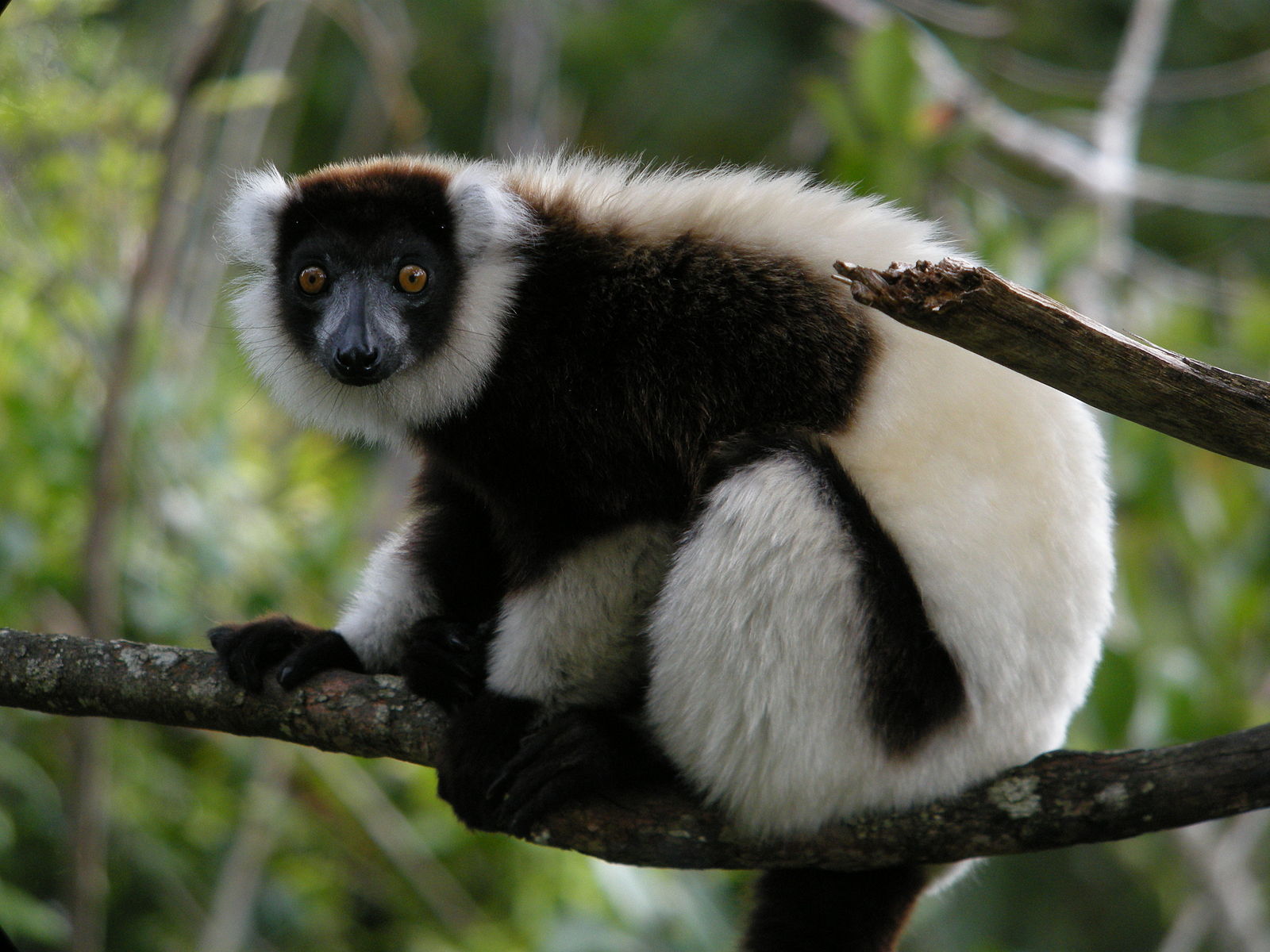
Strepsirrhini
split into 2 infraorders
lorisiformes
lemuriformes
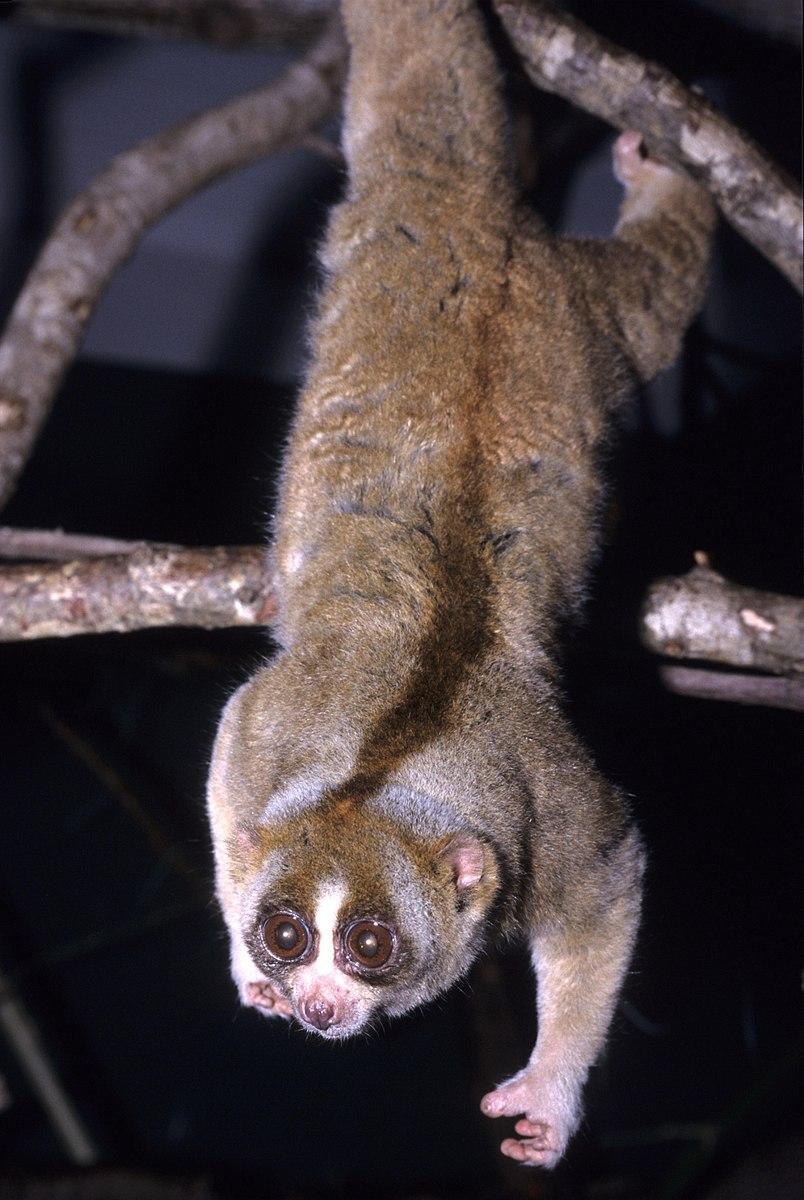
Lorisiformes
Superfamily: Lorisoidea
lorises found in asia
pottos and galagos found in africa
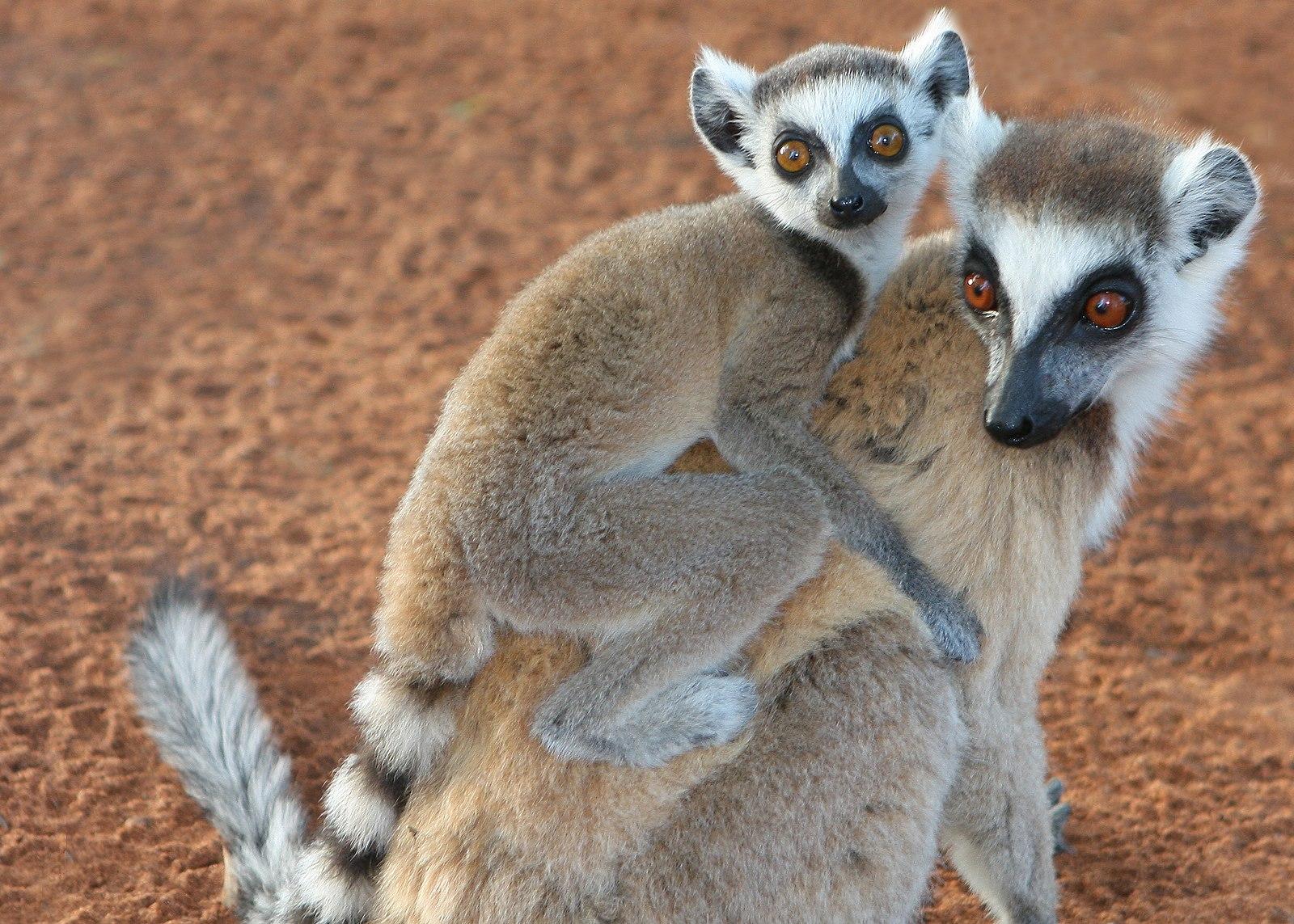
Lemuriformes
Superfamily: lemuroidea
lemurs found in madagascar
Strepsirhini Ancestral Traits
long snout
wet nose
eye shine (tapetum lucidum)
synthesizes own vitamin C
post orbital bar
short gestation and maturation period
small bodied
2:1:3:3 dental formula
Strepsirhini Derived Traits
grooming claw
tooth comb
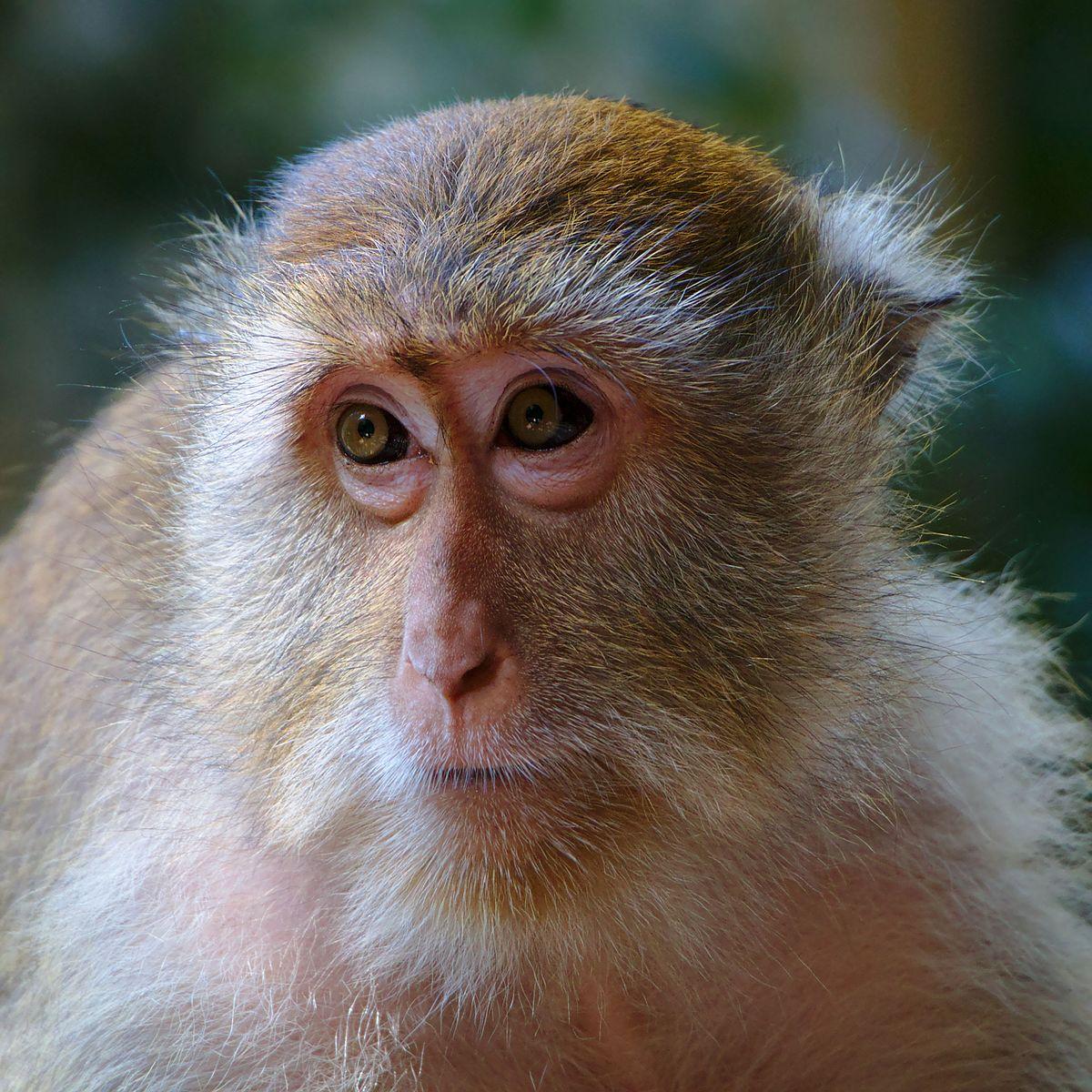
Haplorrhini
split into 2 infraorders
tarsiiformes
simiiformes
Haplorrhini Ancestral Traits
full postorbital closure/plate
fovea (depression area behind the retina allowing them to see things very close up in great detail)
dry nose (no rhinarium)
shorter snouts
no eye shine (tapetum lucidum)
larger brains relative to their body size
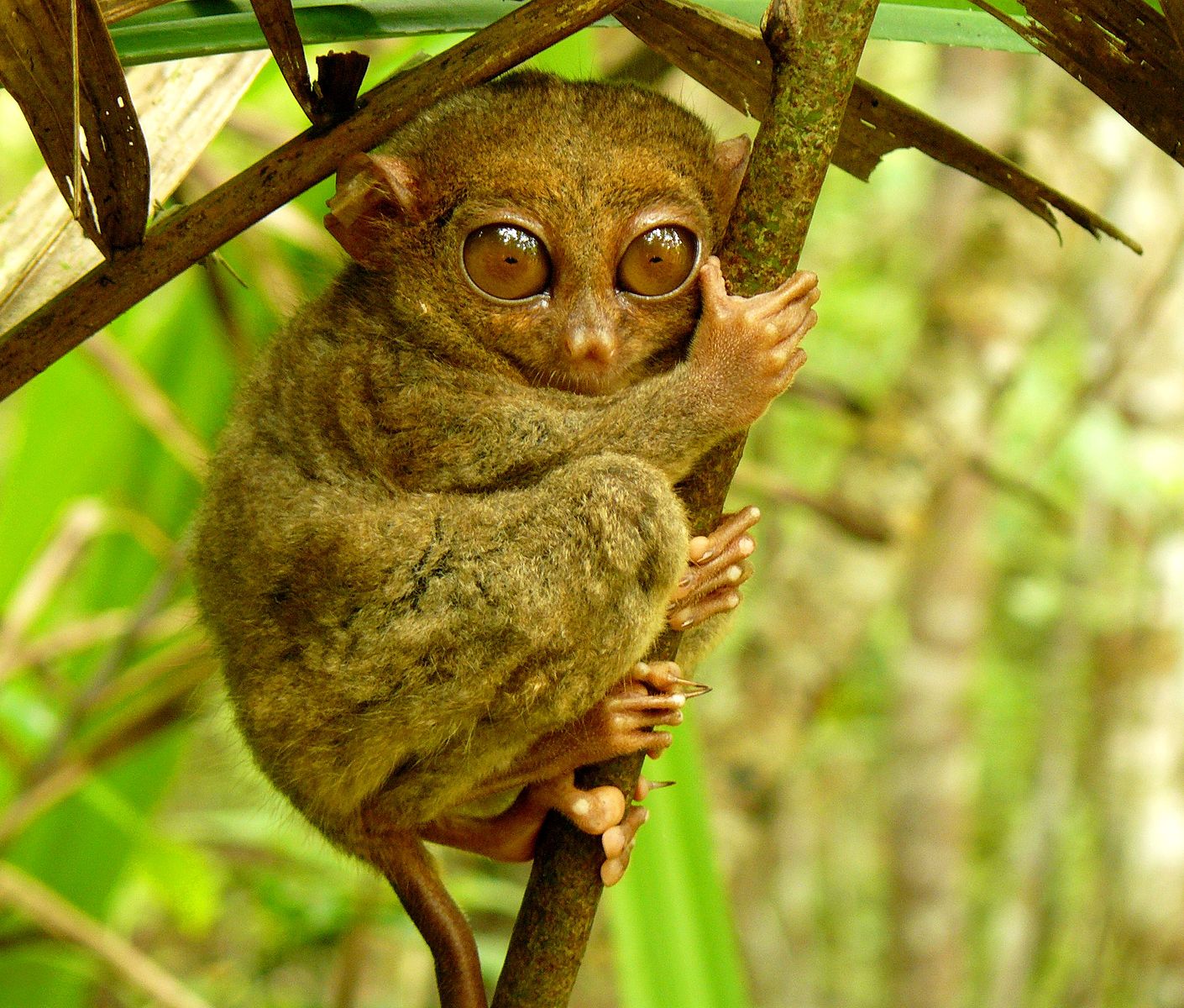
Tarsiformes
tarsius
tarsiers in asia
2:1:3:3 dental formula on the maxilla
1:1:3:3 dental formula on the mandible

Simiiformes Traits
monkeys and apes
trichromatic colour vision
larger body and brain size
postorbital plate
Simiiformes Parvorders
further split into 2 parvorders
platyrrhini
catarrhini
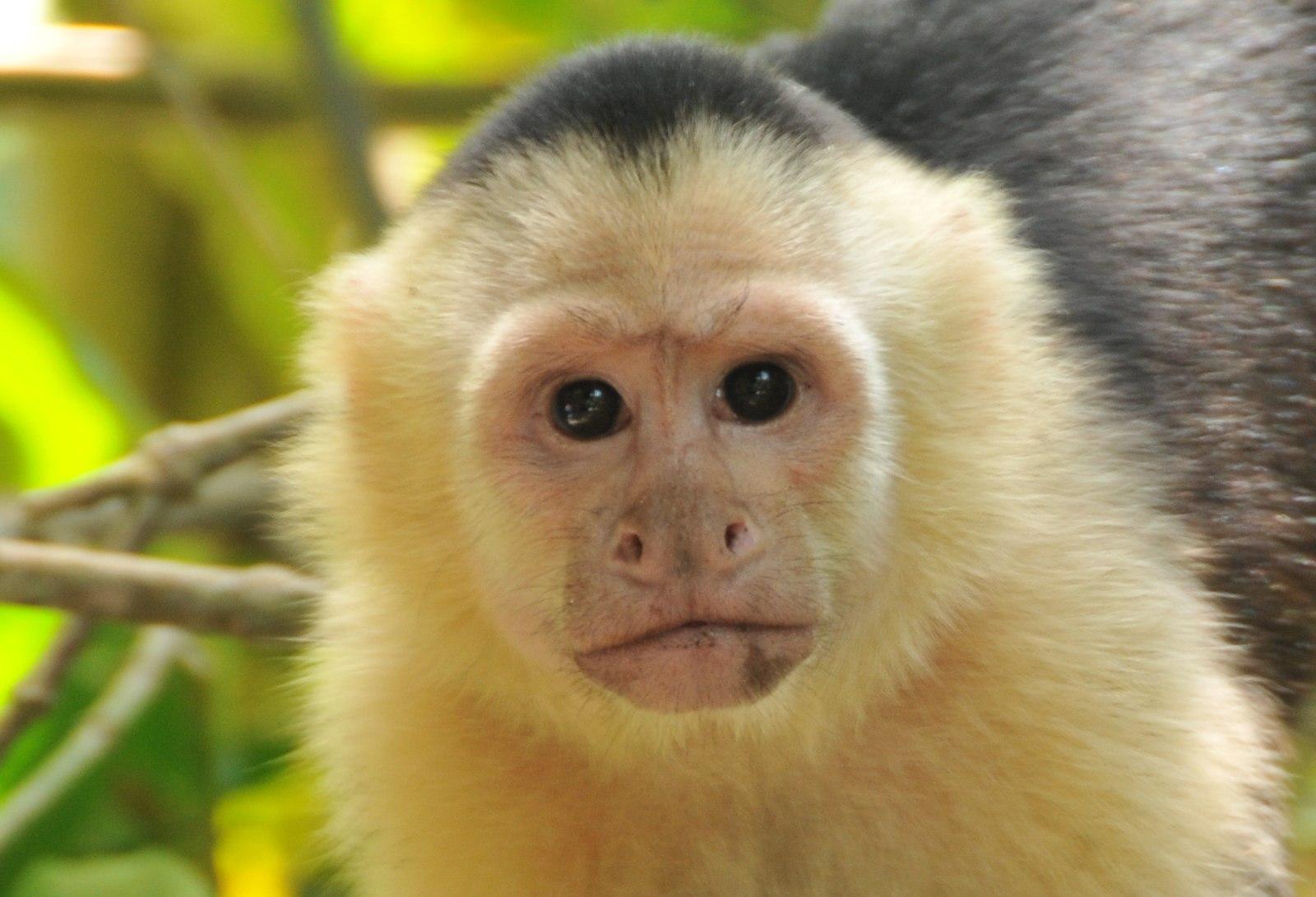
Platyrrhini
Superfamily: Ceboidea
New World Monkeys
tropical forest environments
Mexico, Central and South America
highly arboreal
flat noses with outward-facing nostrils
2:1:3:3 dental formula
Marmosets & Tamarins
smallest primates
twin births
female sexual dimorphism (females are larger)
2:1:3:2 dental formula
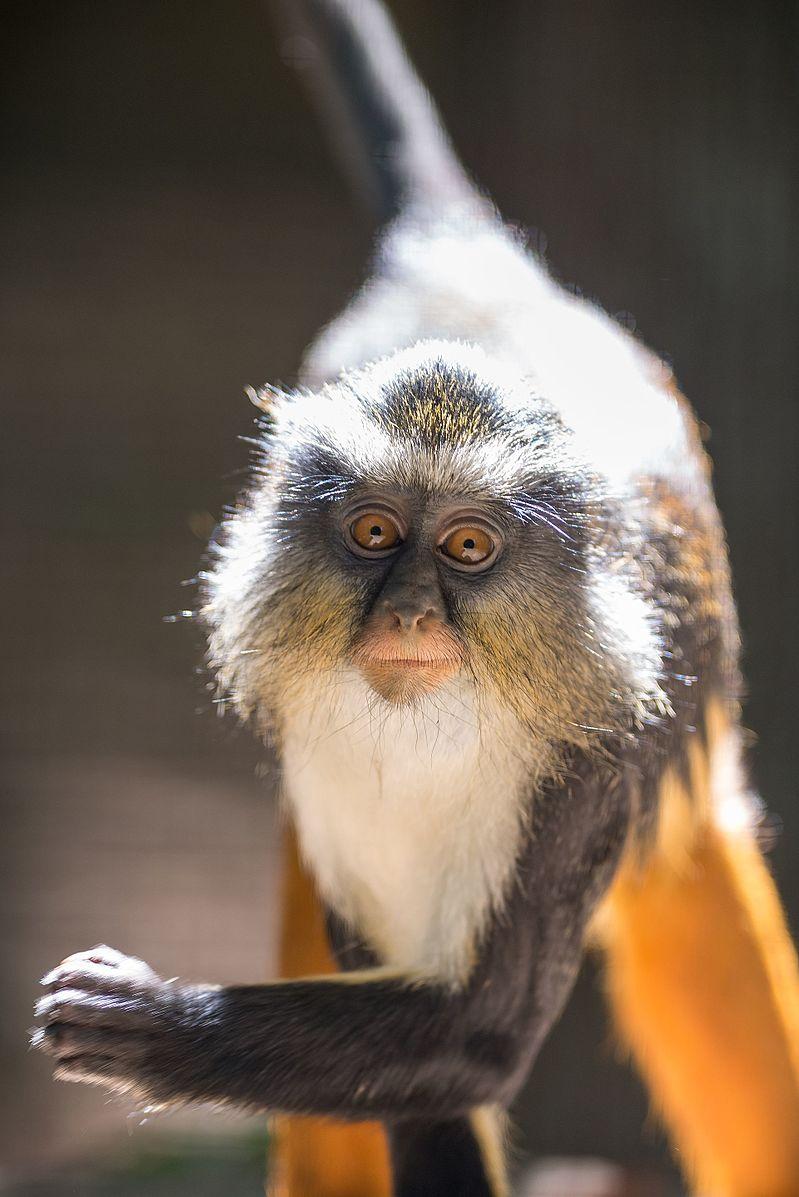
Catarrhini
Superfamily: Cercopithecoidea
Old World Monkeys
Africa, Asia
downward facing nostrils that are close together
no prehensile tails
terrestrial and arboreal
2:1:2:3 dental formula
sexually dimorphic
bilophodont molars (4 points that are lined up)
ischial callosities (flattened pelvic bones which act as a seat pad)
Superfamily: Hominoidea
long arms for brachiation
no tail
increased period of infant dependency
Y-5 molars (5 points that do not line up)
shortened torso
Forces of Evolution
Mutation
Gene flow
Genetic drift
Natural selection
Sexual selection
Mutation
mutations that result in some form of change in protein synthesis
Substitution error (point mutation)
one nucleotide is replaced for another creating a new amino acid
has a single alteration in a polypeptide chain
Insertion (mutation)
an addition of a nucleotide that wasn’t there previously
entire polypeptide chain after the insertion is changed
Deletion (mutation)
a nucleotide is knocked out by the enzyme travelling up the genetic strand
the entire polypeptide chain is altered after the deletion
can lead to new variants
Sympatric speciation
mutations in chromosome formation (genetic rearrangements) which create pre-mating mechanisms of isolation
when a population splits into two or more separate species while remaining located together without a physical barrier
Pre-mating mechanisms of isolation
the impossibility of organisms to breed if there is a chromosomal mismatch
Gene flow
movement of alleles from one population to another
synonymous with migration
gene flow creates hybrids
increases genetic variation
Parapatric Speciation
a new species is created due to periods of reproductive isolation and unequal gene flow
Heterosis/ Hybrid vigor
when the offspring of hybrid organisms have a physical/genetic advantage over their parents
Genetic drift
random changes in allele frequencies from one generation to the next
genes remain constant whilst alleles change
reduces genetic variation
Allopatric speciation
speciation caused by long term geographic isolation
Population Bottleneck
a type of genetic drift that occurs when the number of individuals in a population drops dramatically due to a random event
Founder effect
a type of genetic drift that occurs when members of a population leave the main group and form a new population that no longer mates with members of the original group
Natural selection
an evolutionary process where certain phenotypes give way to an advantage/disadvantage in survival and reproductive success
Stabilizing selection (natural selection)
the average phenotype has an adaptive advantage over extreme phenotypic forms
favours generalised traits
stabilising selection can be a result of rapidly changing environments
allows for an individual to be successful despite the everchanging environment
Directional selection (natural selection)
one form of a phenotype is favoured at the expense of other forms
favours one particular phenotype at the expense of another
Diversifying selection (natural selection)
less common phenotypes are favoured at the expense of more frequent phenotypes
favours extreme types of adaptation given the environment the individual is living in
Reproductive stress
the ability to successfully breed and raise offspring
Sexual selection
selective pressure specifically affects reproductive stress rather than survival
Male competition (sexual selection)
traits that males have gives them a reproductive advantage over other males (only works in harem situations)
successful males mate with multiple females to ensure the next generation inherit advantageous traits
creates secondary sex characteristics
Secondary sex characteristics
phenotypes that develop during adolescence
bodies, capes of fur, canines, horns
Female choice (sexual selection)
selecting the most desirable traits in males both behavioural and phenotypical
Runaway sexual selection
females select a specific trait over and over during mating
Honest signalling
traits that seem maladaptive in males signal their survivability to females
Microevolution
changes in allele frequencies within breeding populations
Macroevolution
similarities and differences between species leads to changes that result in new species
Modern Synthesis
integration of Darwin’s, Mendel’s and subsequent research into a unified theory of evolution
Population
a group of individuals that are genetically and geographically close enough that they can breed and produce offspring
Homologous chromosome
identical genetic information from each parent
Mitosis
division of somatic cells
muscles, nerves, blood, tissue cells
considered as diploid
Meiosis
division of reproductive cells
ova, sperm
considered as haploid
Monosomy
one gamete that is missing genetic information
Trisomy
one gamete with an extra copy of chromatid
down syndrome
RNA
ribose sugar molecule
binds uracil with adenine
mRNA
messenger RNA
nucleus
tRNA
transfer RNA
cytoplasm
rRNA
ribosomal RNA
ribosomes
Amino acids
20 total
11 produced by cells
9 obtained by food (essential amino acids)
Mendel’s Laws of Inheritance
principle of segregation
principle of independent assortment
principle of dominance
Principle of Segregation
alleles from each gene segregate from each other
each gamete carries only one allele for each gene
Principle of Independent Assortment
alleles for distinct traits are located at specific loci on the chromosome and are inherited independantly
Principle of Dominance
2 types of alleles
dominant
recessive
dominant alleles always mask recessive alleles
only true in Mendelian traits
Mendelian Genetics
phenotypic traits controlled by a single gene
you either have them or you dont
dimples, attached earlobes, widows peak etc
Heterozygous
2 different alleles for the same gene
Homozygous
2 identical alleles
Continuous Traits
governed by alleles at two or more loci
Polytypic
multiple phenotypic forms generated
Pleiotropic traits
one gene affects multiple phenotypic traits
Exogamous breeding
exchanging genes between populations that can introduce new alleles to a population
skin/hair colour
stature
Endogamous breeding
breeding within a population
can be a result of a genetic bottleneck or founder effect
Epigenetics
changes in organisms caused by modifications to gene expression from environmental/behavioural stressors
Analogies
similarities based on common function with no common evolutionary descent
Homoplasy
shared forms arising independently
Convergent evolution
independent development of similar characteristics in different groups of organisms
Cladistics
evolutionary interpretations based on environmental adaptation and analysis of specific types of derived traits
Anagenesis (Macroevolution)
one species changes over time into a new species gradually
Cladogenesis (Macroevolution)
new species arising from a splitting event